的点评
One of the few surviving Carolingian monuments in Europe.
洛尔施修道院的点评
点评:This abbey became a UNESCO World Heritage Site quite early, in 1991, which in itself speaks of its importance for European culture. It is one of the few surviving Carolingian monuments in Europe. The abbey once had one of the richest libraries in the empire of Charlemagne (part of it later moved to the Palatine Library in Heidelberg). The symbol of the recognition of the Lorsch Cluster was the immunity granted by Charlemagne, i.e. the right to choose the abbot independently of the powerful bishops of Mainz and Würzburg. In the following centuries, the monastery lost its independence, and after the Reformation, it was closed altogether in 1564. Little remains of the complex: the Royal Hall, a fragment of the basilica and parts of the monastery wall. A pleasant surprise was the free entrance and a nice souvenir shop with a very friendly owner.
翻译:这座修道院很早就于 1991 年成为联合国教科文组织世界遗产,这本身就说明了它对欧洲文化的重要性。它是欧洲少数幸存的加洛林时期纪念碑之一。该修道院曾经拥有查理曼帝国最丰富的图书馆之一(其中一部分后来搬到了海德堡的帕拉丁图书馆)。洛尔施集群得到承认的标志是查理曼授予的豁免权,即独立于强大的美因茨和维尔茨堡主教选择院长的权利。在接下来的几个世纪里,修道院失去了独立性,宗教改革之后,它于 1564 年完全关闭。建筑群只剩下很少的遗迹:皇家大厅、大教堂的碎片和修道院墙的一部分。令人惊喜的是免费入场和一家不错的纪念品商店,店主非常友好。
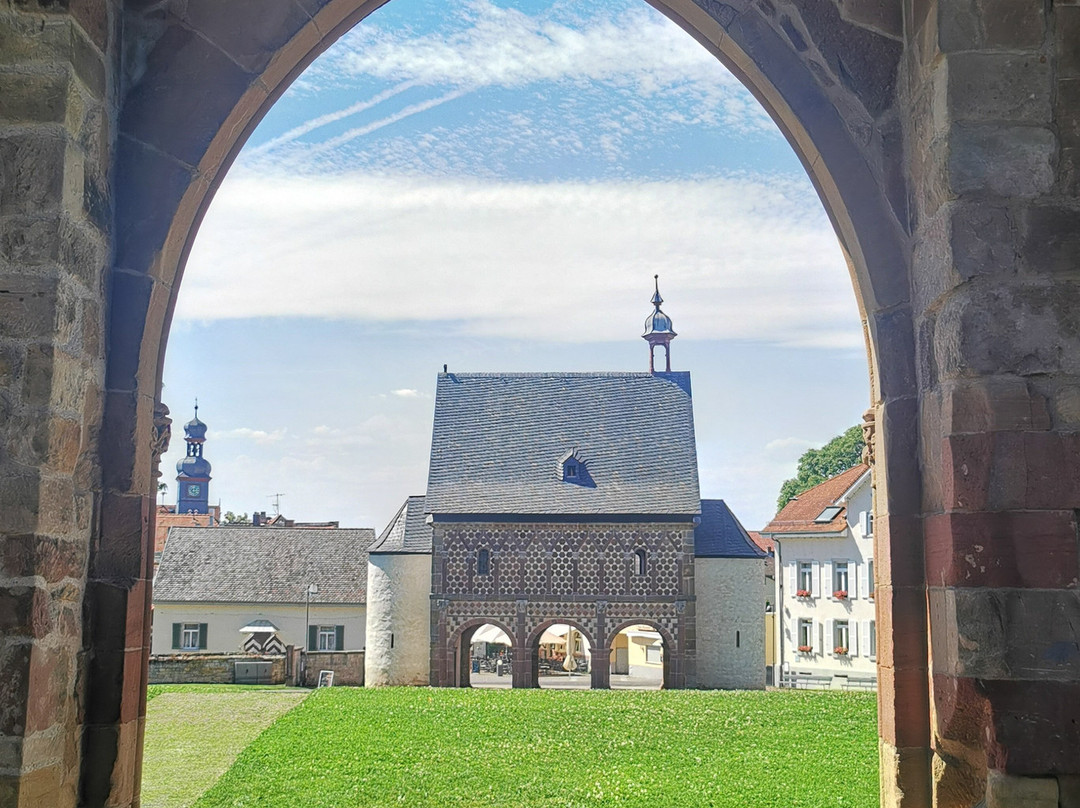
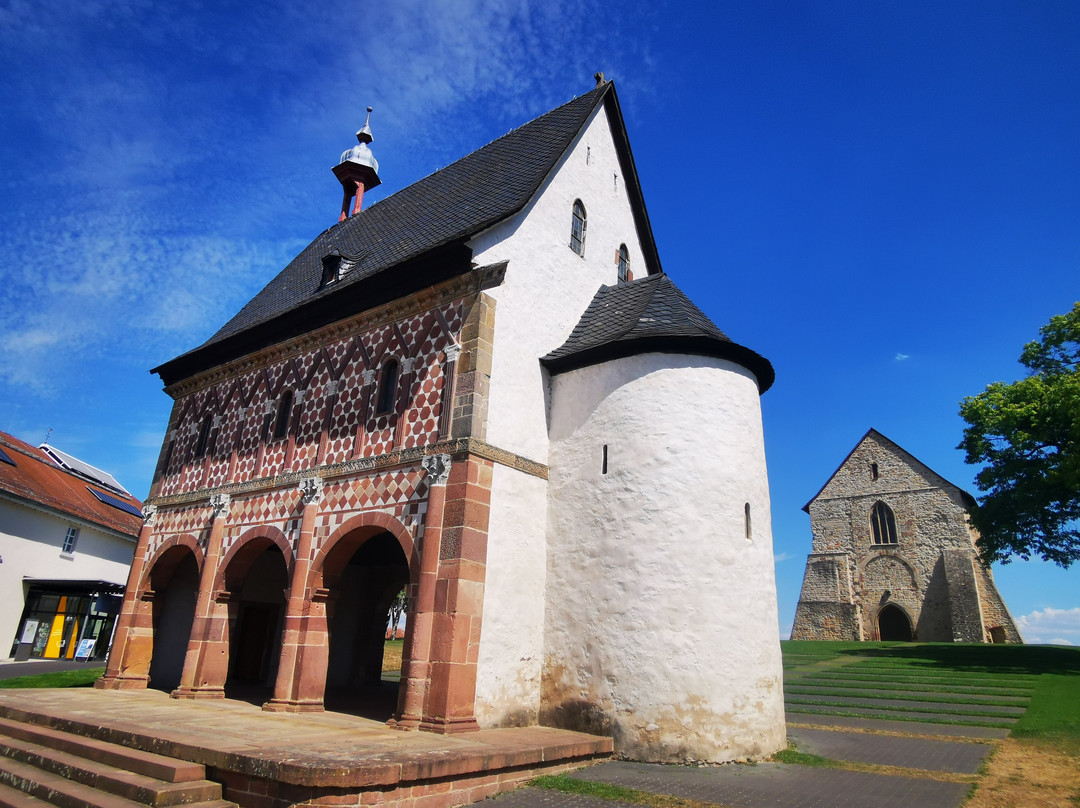
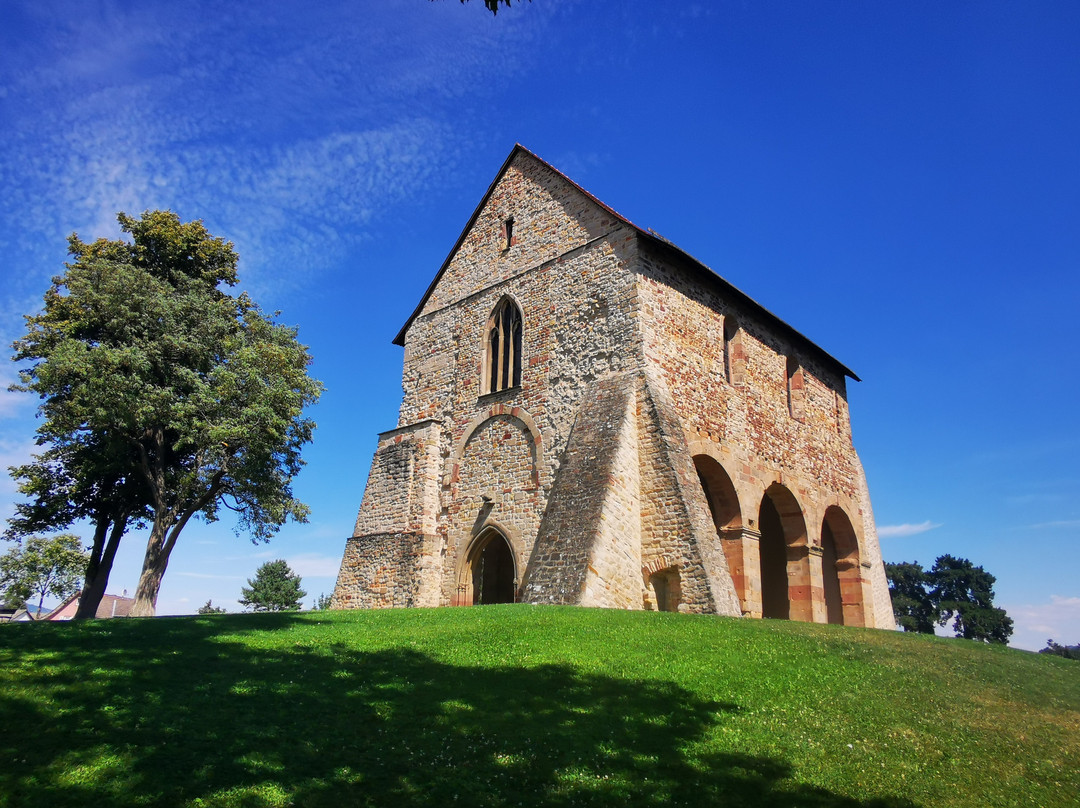

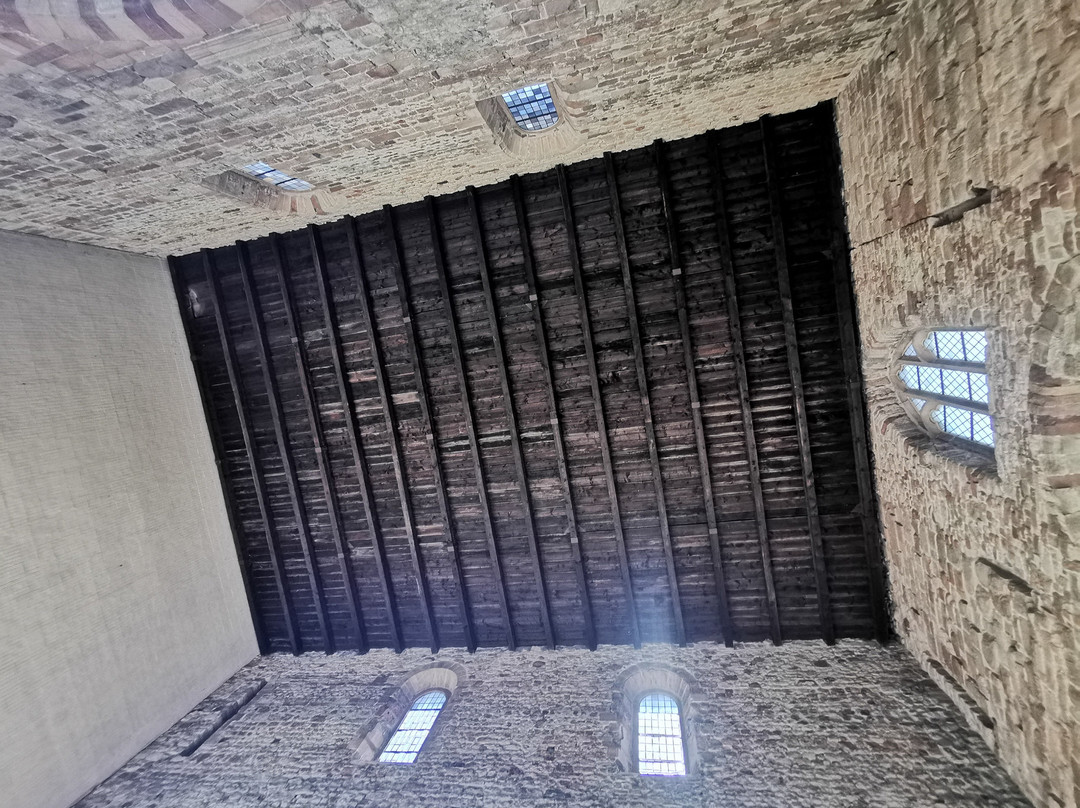
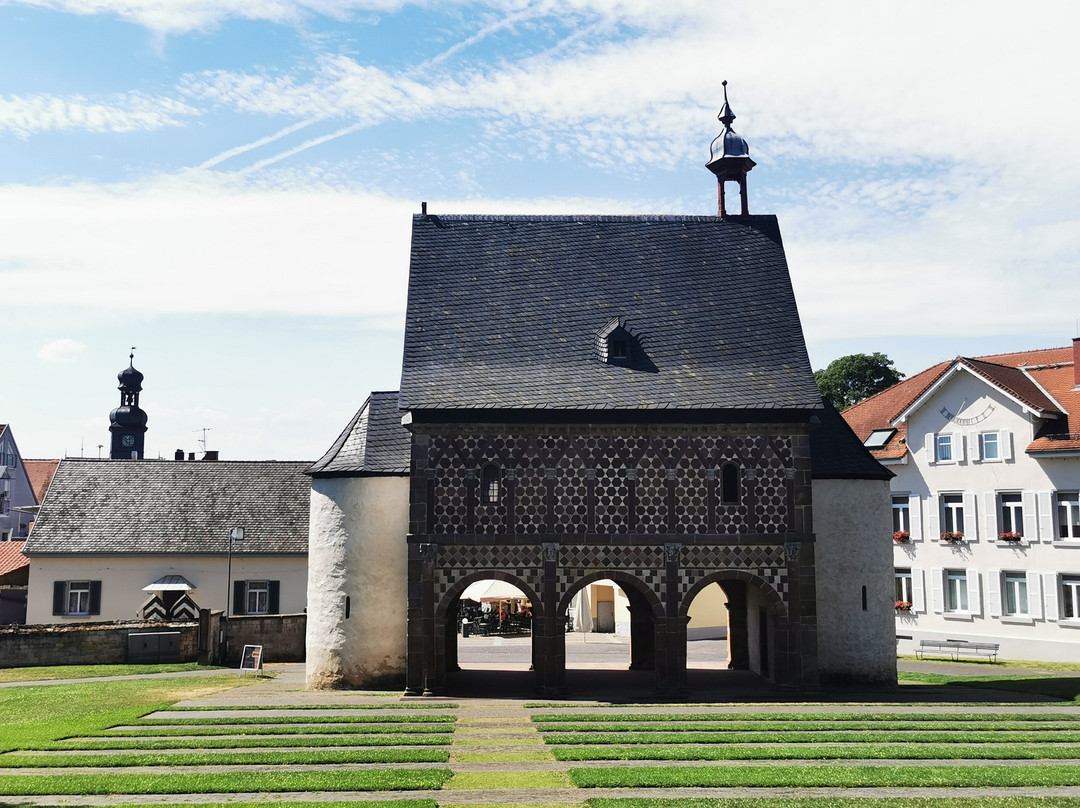
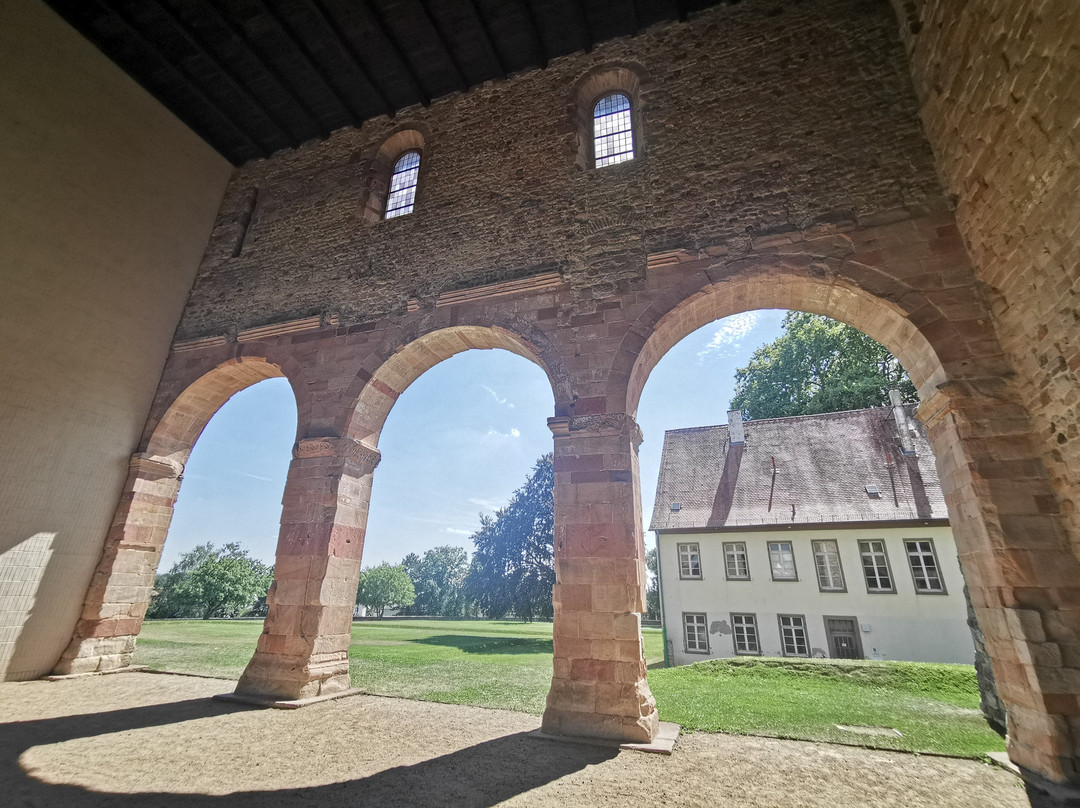
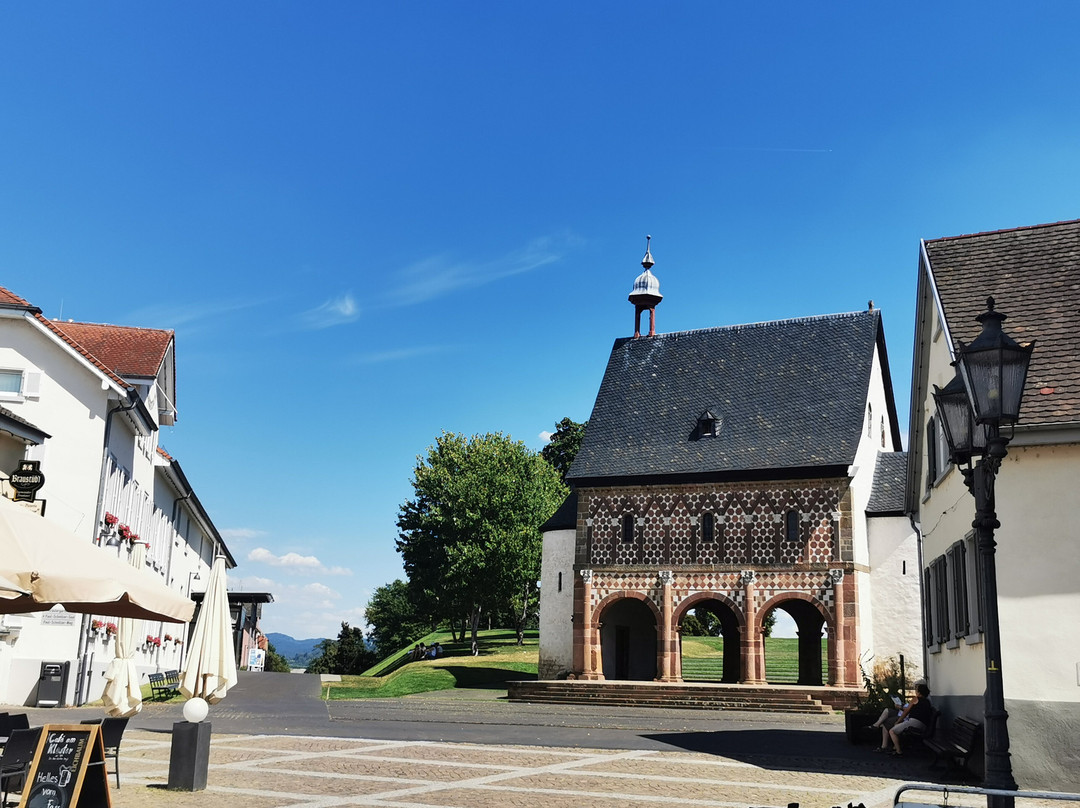
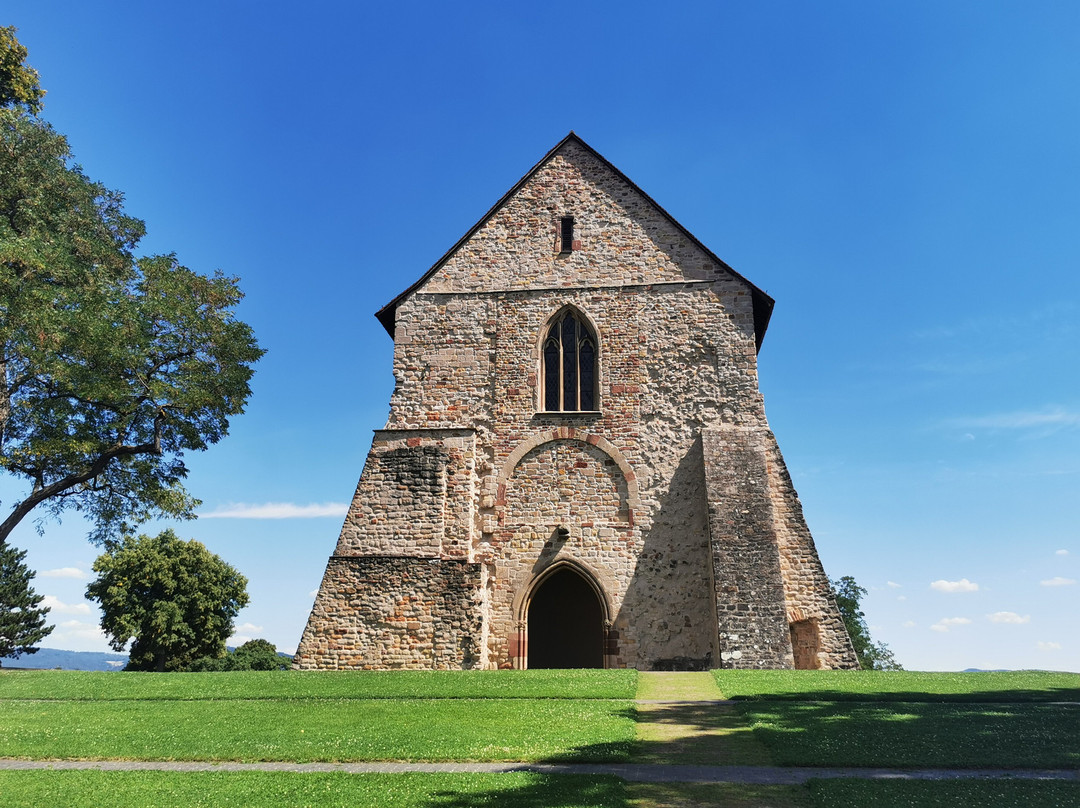
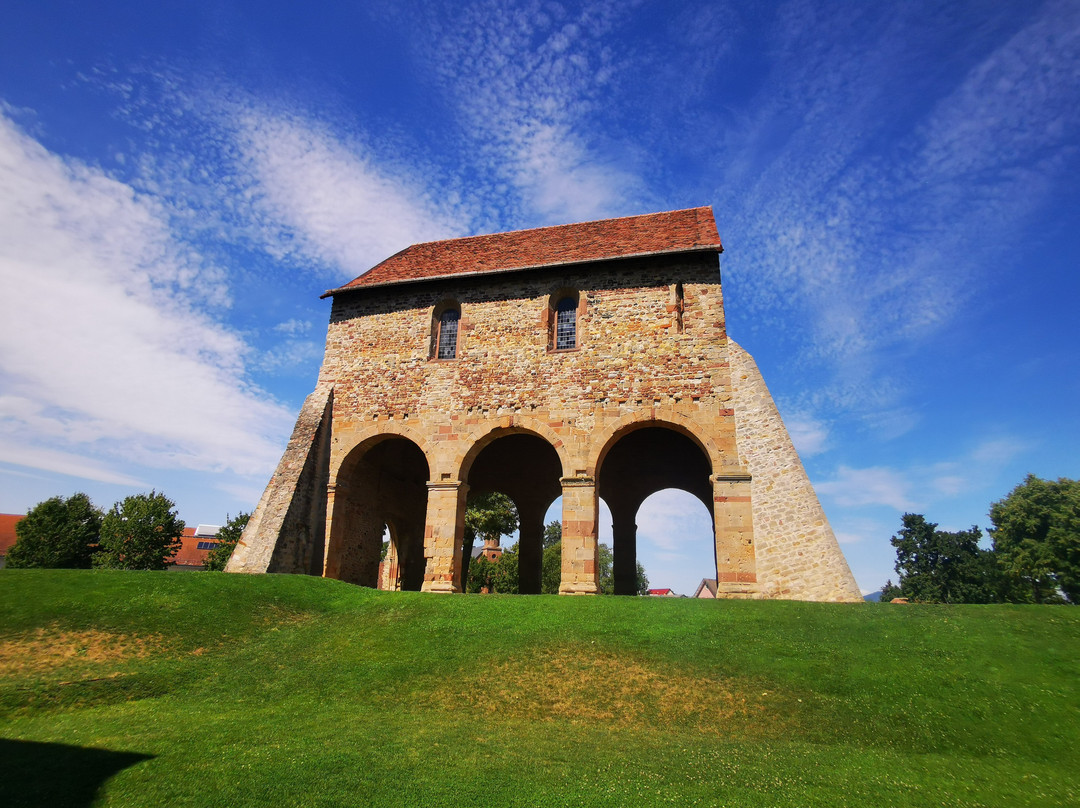
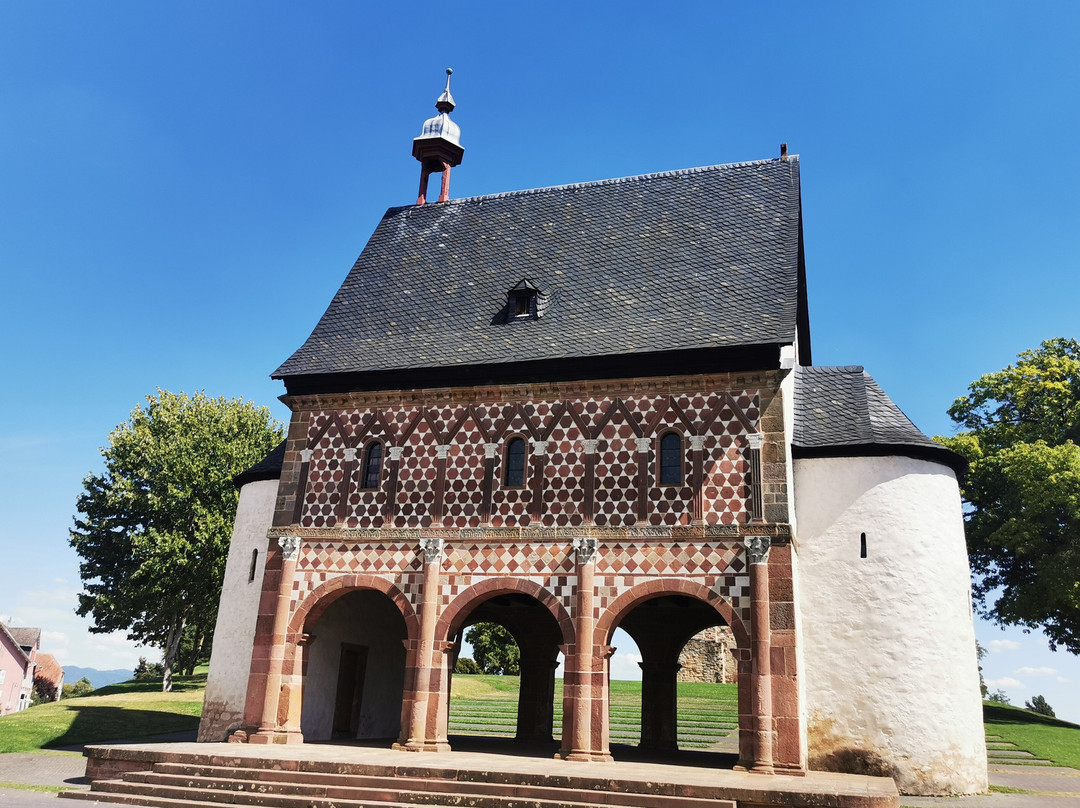
此点评仅代表旅行者个人的主观意见,并不代表TripAdvisor以及其合作方的意见。
关于我们
|
新闻动态
|
商务合作
|
会员中心
|
业主中心
|
业主通
|
常见问题
|
意见反馈
|
联系我们
|
营业执照
© 2025 Tripadvisor 版权所有。
使用条款 |隐私政策 |网站工作原理
部分照片由 VFM Leonardo 提供。
* Tripadvisor不是旅行社,也不是旅游预订服务代理商。我们提供免费、客观、公正的旅游资讯服务。 (显示更多)
TripAdvisor LLC 既不是预订代理商,也不是旅游运营商,不会向网站用户收取任何服务费。 按照规定,在 Tripadvisor 发布机票价格、游览和旅行套餐的合作伙伴(航空公司、旅行提供商及预订代理商),其标价须包含所有费用和附加费用。 例如, 机场出入境税费、消费税与其他服务费、手续费、杂费及附加费用。 当您向我们的某个合作伙伴进行预订时,请务必查阅他们的网站以了解当地行政部门要求的所有适用费用的具体情况。 除非另有说明,机票价格通常指的是一个人的价格(以人民币计)。
为方便起见,TripAdvisor LLC 根据从我们的预订合作伙伴获取的空房率计算每个酒店的均价。 对于游览和景点来说,所显示价格通常是每位成人的最低可用价格。 对于列出的任何旅行套餐或优惠,TripAdvisor LLC 无法保证任何特定的费率或价格。 此外,酒店均价每晚会更新,并以您的首选币种表示(使用现行汇率)。 由于这些已换算的价格是预估价格,因此,有关具体金额和币种请与预订网站进行核实。
此外,TripAdvisor LLC 无法保证我们网站上宣传的价格随时有效。 标价可能需要预订一定天数才能生效,或有不可用日期、使用条件或限制。
TripAdvisor公司对外部网站的内容一概不负责。优惠价格中不含税和其他费用。
ICP证:沪B2-20200433
沪ICP备20013175号
 沪公网安备31010502005427号
沪公网安备31010502005427号鹰程信息技术(上海)有限公司
货币/国家及地区
¥CNY
中国

